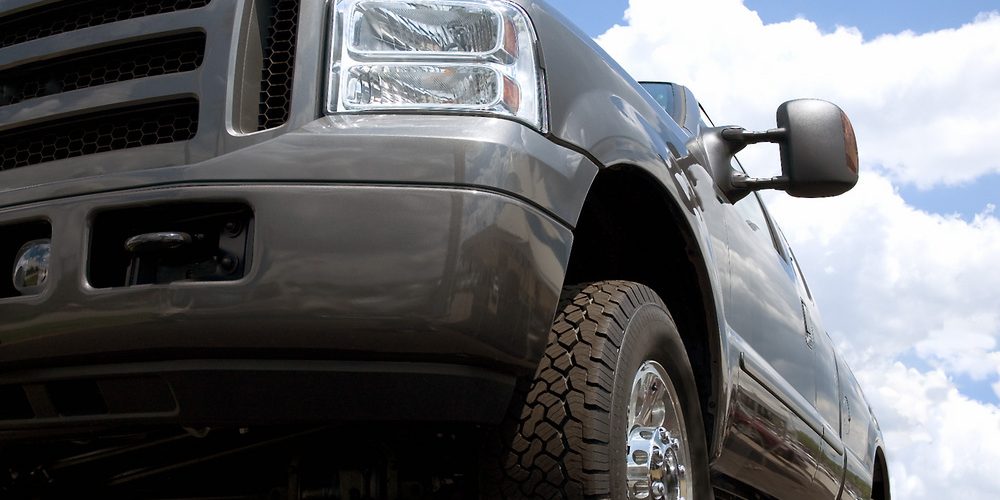With one of the most brutal winters in recent memory finally loosening its frigid grip, it’s time to think about taking collector cars out of hibernation. If you properly prepared your car for storage, getting it ready for spring should take just an afternoon and some patience.
Much of the work will be old hat to experienced collectors. Still, Ernie Morreau, shop foreman at RM Restorations in Blenheim, Ontario, advises a methodical approach to avoid mishaps.
“The first steps are to flush the fuel system and check the battery and charging system,” Morreau said. “If you didn’t remove the battery for storage, or didn’t use a trickle charger, there’s a good chance it might be dead.”
Once the fuel system is cleaned and fresh fuel added, Morreau recommends doing the oil service, if you hadn’t done so before putting the car into storage.
“Other fluids are pretty durable in the cold,” he said, and so should not need changing.
Morreau advises owners to be mindful of the oil selection. Flat-tappet camshafts used in cars made before the 1980s require oil with a zinc additive called ZDDP for lubrication; later engines with roller-tappet cams don’t need it (and zinc can contaminate catalytic converters). Oils formulated with ZDDP are available for older models, or the additive is available separately.
Check the cooling system for leaks, and make sure all clamps are tight. If you mainly use your car for short drives, changing the coolant every two years should be sufficient, Morreau said. If you plan on longer drives, though, go ahead and change it. He cautions that if a car sits unused for two to three years without a coolant change, corrosion can affect aluminum radiators and cylinder heads.
Before reconnecting the fuel line, briefly crank the engine with the starter to circulate the oil. Once you connect the fuel and start the engine, allow it to reach full operating temperature and then inspect for coolant leaks. Run through that cycle a couple of times before driving. Even if the cooling system looked good at first, Morreau said, a water pump leak might show up, especially on a car from the 1930s.
“The packing around the shaft dries up,” he said, referring to the method of sealing on older pumps.
With the car running, check that the charging system is working. Before driving, check the brakes. A thorough check involves pulling each wheel and checking for hydraulic fluid leaks.
There are some additional steps the prudent collector-car owner should take if extended drives are planned, according to Morreau. If the car has a generator, he strongly suggests having it rebuilt beforehand.
“I highly recommend installing an in-line electric fuel pump, too,” he says. “If you’re on a tour and mechanical pump goes, you’re stuck.”
Morreau advises connecting the pump to a toggle switch, with power drawn at the ignition switch so it will turn off with the car.
“If the main pump dies, you just flip the switch,” he says. “We do this for cars from the 1930s to 1950s, and even some ’60s cars.”
Source: Hagerty.com



